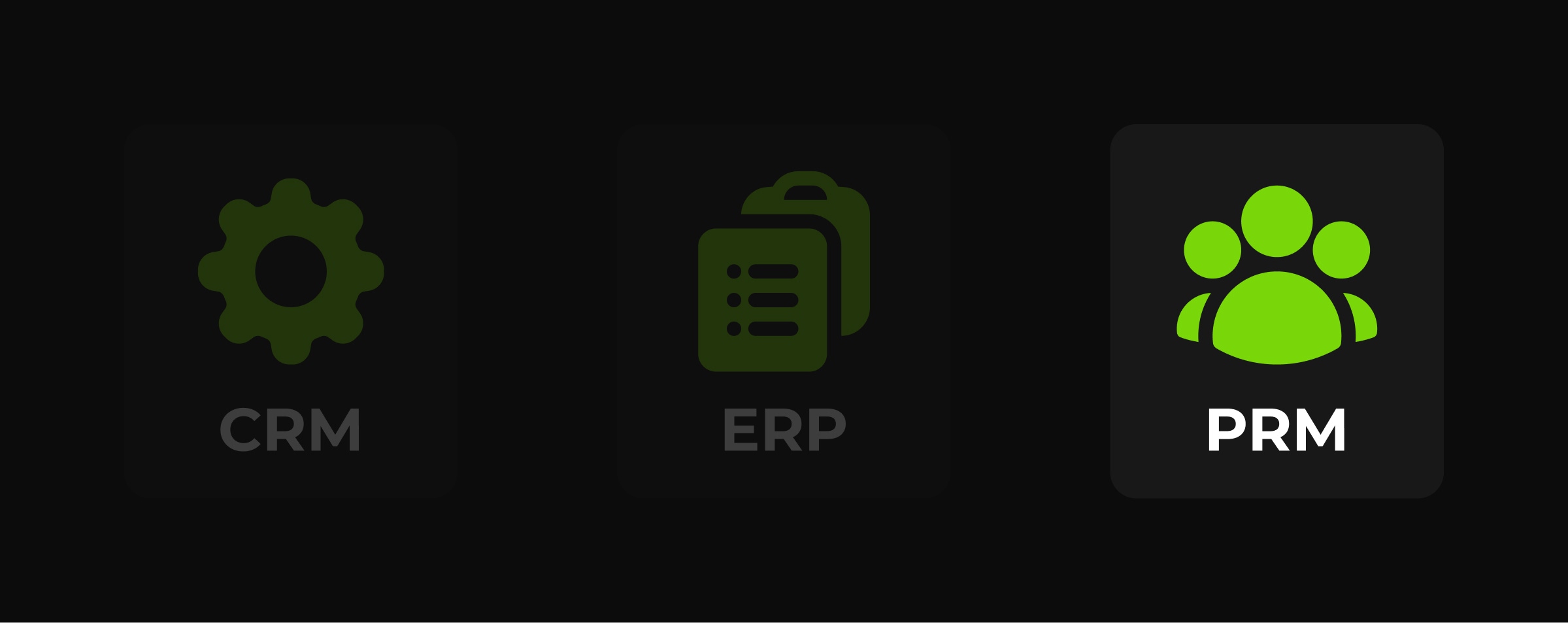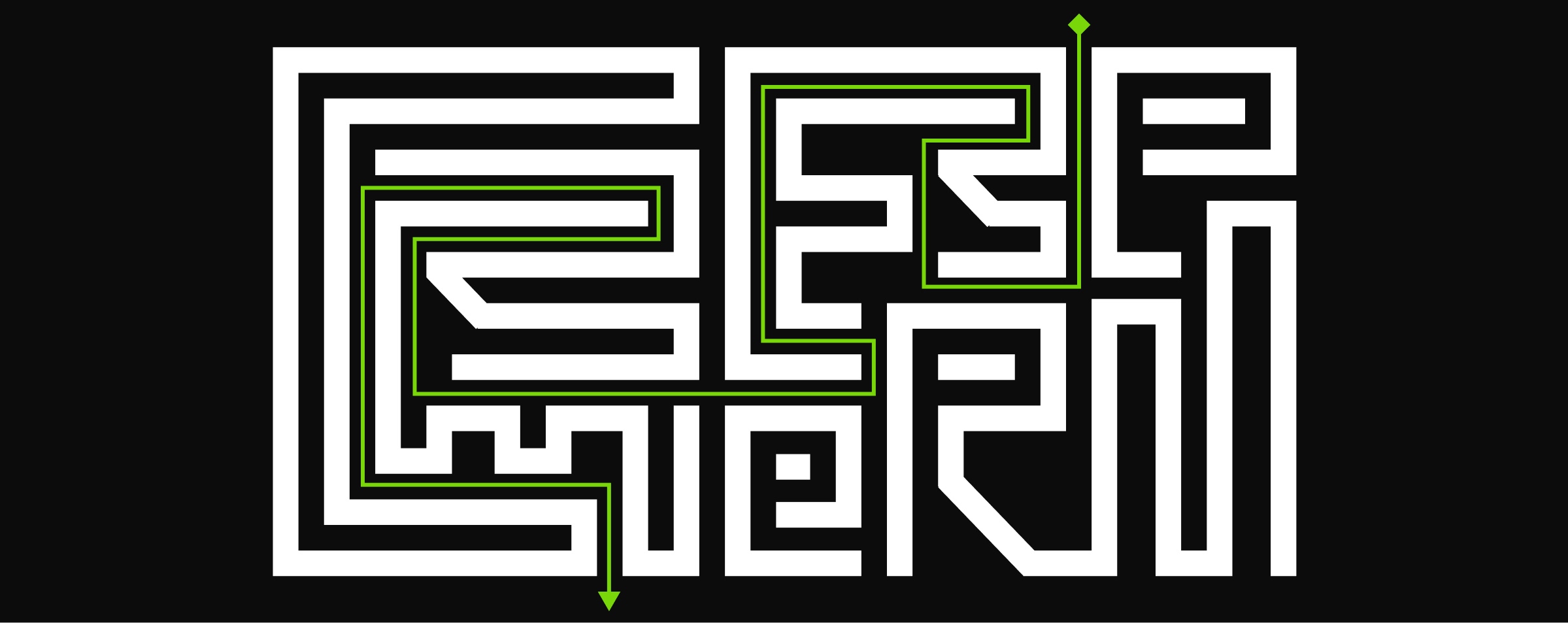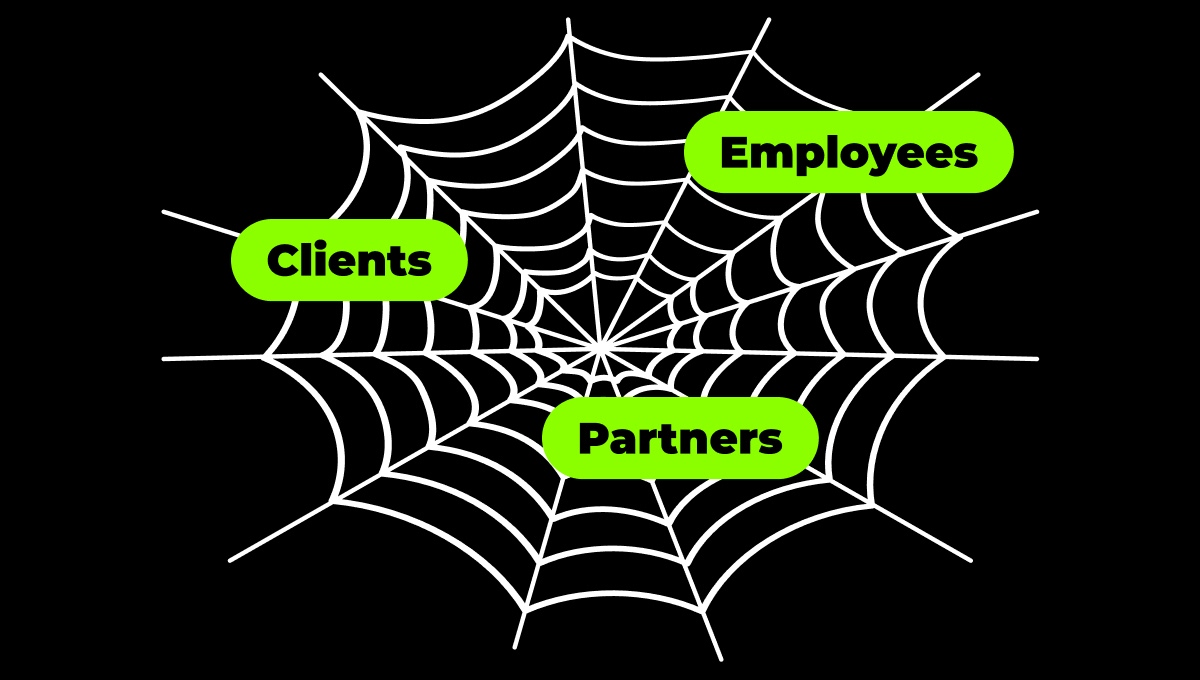Companies are locked into processes: sign up to a registry, hire employees, issue tasks, process the client. Firms are growing, staff and the flow of leads are increasing. As a result, there are too many operational tasks and it is physically impossible to keep track of everything the old-fashioned way.
Surely you are familiar with such situations:
- project deadlines were missed;
- failed to file tax returns on time;
- missed a client's request and the client went to a competitor;
- it's not clear who is responsible for a task;
- ran out of goods in stock and the delivery has not been formed.
Different businesses have different problems, but they all lead to the same thing - negative consequences. It would seem that there is nothing wrong with one mistake. But when they become regular, the activity of the whole company is jeopardized. After all, it is very difficult to predict what kind of miscalculation will become critical.
Processes are components of the entire business system. And to ensure that there are no failures in any link of the chain, they must be competently managed. For this purpose, there are digital platforms that organize tasks and signal problems in time. The very same CRM, ERP, PRM and other automated tools.
When CEOs are looking for such solutions, they immediately stumble upon ready-made assemblies. Everything looks simple: buy the system → enter the necessary information → use it. This is where the first difficulties begin - the system may simply not fit.
CRM – client and customer management

A well-known business system that is designed to manage customer relationships. Originally intended for the service sector, but later adapted to other industries.
The key purpose of CRM is to automate sales, customer service process and collection of analytical indicators. It is best suited for companies in the field of trade, marketing and customer service.
CRM functionality
- Sales automation. The system distributes customers by funnel stages and displays the statuses of requests. It helps to run scripts for communication with potential customers and enter them into a common pool.
- Electronic document management. All actions with papers are performed inside the CRM. Document templates and the ability to add your own samples are available to the user.
- Control over the fulfillment of tasks. The system generates reports with the performance of each employee and department. Top management receives transparent statistics, management and monitoring of plan fulfillment.
- Integration with third-party services. The platform facilitates the reception of requests and communication with customers through different channels. When developing a corporate CRM, messengers, IP-telephony, email newsletters and other communication methods are connected.
- Collaboration space. All employees are entered into a single database, which facilitates internal communication. If the user has rights, he/she can find out the contacts and workload of colleagues.
CRMs are in high demand in the market, so there are a huge number of cloud platforms available. The key feature of CRM is the ability to buy a subscription to the service. This is a plus for micro and small businesses that don't need specific features and their own system.
Connecting CRM as part of the tariff is a favorable format. Prices start from 800 rubles per month for the registration of one person.
Cloud platforms are designed for average companies with common tasks: enter client data into the database, process, transfer to the archive. Both top managers and appointed employees can work with them.
If you plan to develop your business or you already have a large network, you need a comprehensive solution. Here CRM will not be able to close all tasks, for example, in logistics planning or tax accounting. In this case, consider ERP systems.
ERP – enterprise resource planning

ERP is a system that optimizes production, controls resources and structures information about business processes.
At first it may seem that ERP is only suitable for industrial firms, plants and factories. In fact, it is not only about financial resources, but also staffing, EDI, and accounting. Unlike CRM-platforms, which control external interaction, ERP systematizes the «inside» of the company.
The key goal of ERP is to provide centralized storage and structuring of business data, automate operational activities, simplify decision-making and reduce costs.
ERP functionality
- Resource Accounting. ERP tracks and records all production inventories as well as the company's turnover. The system helps to establish and control the timing and volume of deliveries.
- Personnel accounting. ERP keeps track of human resources, develops work schedules and monitors labor costs.
- Documentation. ERP compiles and generates required documentation and automates EDI, which simplifies everyday processes.
- Finance and accounting. ERP maintains accounting and tax records and controls the company's financial position. The system helps in money management and provides transparency of results.
- Logistics control. ERP allows you to manage both internal and external logistics, as well as control sales processes. When properly configured, the system sends notifications to employees about resource consumption forecasts.
ERP works in an integrated way, connecting every department of the enterprise into a single network. For example, a sales manager enters an order into the system → at that moment, technologists order goods, logisticians check stock availability, and the accounting department prepares reports.
There are ready-made ERP solutions on the market, which you can buy now. However, the price tag for the minimum version starts at 500,000 rubles. And if you buy the necessary licenses, extensions of functions and connect several employees, the price can grow to 15+ million.
And this is all taking into account that initially the boxed system will not be customized for you. Some manufacturers modernize it, but for an additional price. Most of them limit themselves to a standard set of functions and technical support.
In this case, the development of ERP for the purposes of your company is the most favorable option. You will not only get a solution to all the headaches of the company, but also save significantly. If necessary, the developers will make changes, add new functionality or integrate external services.
In the practice of MediaTen there is a case of creating an ERP system. In 6 months, we developed a corporate platform for a Moscow Internet provider. The output was a system that accelerated the processing of incoming orders and further installation work by 10 times.
Hybrid CRM + ERP

Large companies often use «assemblies» of all kinds of automations in their management. When companies develop not only sales, but also want to optimize the warehouse, it is time to develop a unified corporate platform.
Advanced ERP functionality complements CRM, and data between them is synchronized through special interfaces and APIs. This is especially important when dealing with BigData, a large flow of customers and communication between company branches.
Another option is when a CRM is built as a block in the ERP program, along with the modules «Production Management», «Logistics» and «Marketing».The advantage of this method is that there is no need to integrate products and make constant adjustments due to program updates.
PRM – partners in one place
 Another subspecies of automated system for businesses. Partner relationship management is especially in demand in scalable companies that are tied to contractors, suppliers and dealers.
Another subspecies of automated system for businesses. Partner relationship management is especially in demand in scalable companies that are tied to contractors, suppliers and dealers.
Its functionality is similar to components of both CRM and ERP. Both the first signing of an affiliate agreement and weekly commission reports are automated.
The peculiarity of this system is that partners also have access to the system. Administrators grant them special rights, whereby they can see the necessary reporting, regulations, motivational bonuses, and sales of their department.
We developed a PRM system for a service providing technical warranty for Karso cars. Its pain was the huge number of contracts from dealers from all over Russia. MediaTen developers analyzed the scheme of interaction between distributors and customers to identify problems. As a result, they created a PRM platform with personal offices for partners and administrator accounts.
Memo on how to choose your automated system

Choosing an automated business system is a crucial step for a growing company. Before buying it, analyze your company's processes, identify problematic aspects and answer the questions.
- What problems do you want to solve with automation?
- What results do you expect from using the business system?
- What budget are you ready to allocate for the new system?
- How many employees will work with the platform?
- Do you need integrations with third-party services?
Based on the answers, you will decide on the goals of implementing the business system. After all, the considered IT-platforms can optimize the processes of both the whole company and its specific areas. For example, management of only personnel or internal processes in a complex.
In fact, there are many more varieties of business systems than we have listed. And it is not easy to understand the characteristics of each one, especially when you already want to implement it in your company. That is why we have created a table in which we have listed the specifics of 7 automated systems. Pick it up on MediaTen's Telegram channel.






